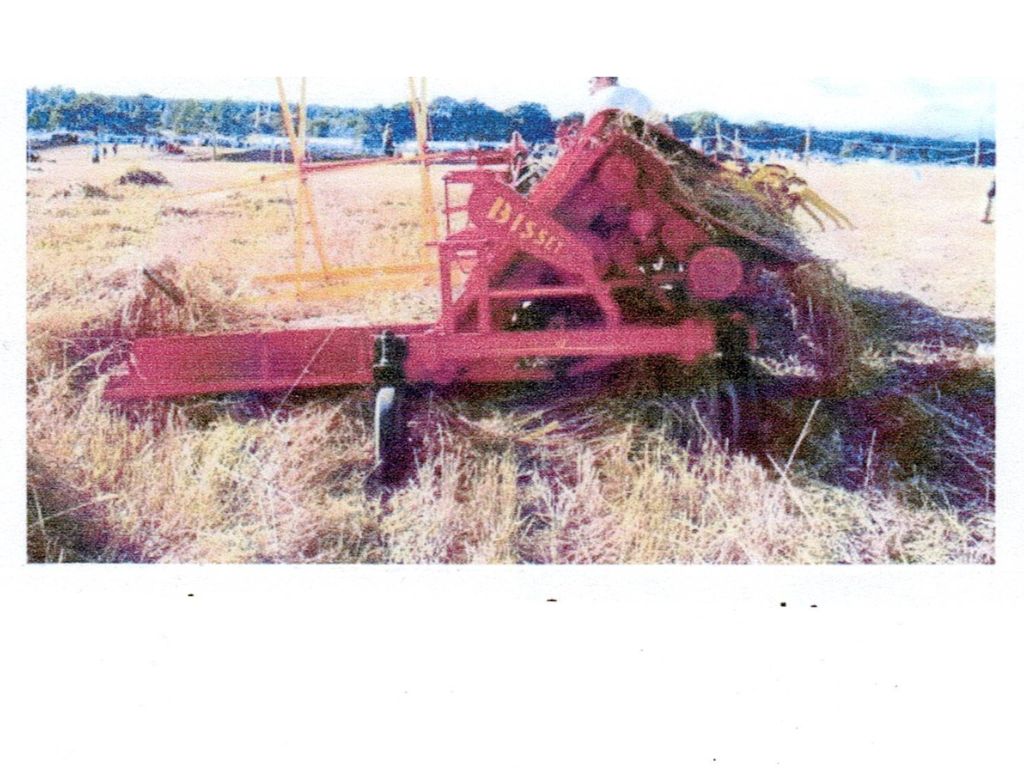Bisset and Sons - Agricultural Engineers

Article Details
- Date:
- c1835 - Bisset Agricultural
Categories
Bisset and Sons - Agricultural Engineers
‘You must sow the seed, before you can reap the harvest’. – Scott Raed.
When it comes to Scottish agricultural implement and machine manufacturers one name stands out – Bisset of Blairgowrie. It could be said that Bisset’s put Blairgowrie on the map. In the 1920s, Bisset’s was exporting agricultural machinery around the world. This advertisement from a Guide to Blairgowrie and Rattray (priced at one shilling, but undated) is testament to that.

As is this Perth & Kinross Archive photograph.

At one time Bisset’s was the second highest employer in Blairgowrie after the Mills, but J. Bisset & Sons Ltd. was established in a very small way in 1835 by John Bisset, a blacksmith based at Marlee, in the Parish of Lethendy and Kinloch, around 2 miles west of Blairgowrie. John Bisset (1808 – 1890) and his wife Jane Soutar (1813 – 1888) had 10 children. This photo of the Bisset family dates to the 1870s.

Thomas Soutar Bisset ( 1839 – 1896), their second child, worked with his father at the smiddy and continued working with the company until his death. In 1862 Thomas visited an exhibition in London and the agricultural machinery on show there inspired him to design and construct an impressive range of award winning agricultural machinery including potato diggers and planters, mowers, reapers and straw trussers. However, it was for the Bisset Binder that the company was especially renowned. The first Bisset Binder was horse drawn, but that was followed by a tractor powered version. By 1883, the company had expanded and moved to Greenbank Works on Dunkeld Road, Blairgowrie, where it remained into the mid 1960s. The site on Dunkeld Road is now used by the A. Proctor Group.

For more information read
‘Bisset’s Foundry, Dunkeld Road – From Small Beginnings’ by Gordon Grant in ‘A Social History of Blairgowrie and Rattray’ edited and compiled by Margaret Laing. For more about Thomas S. Bisset read ‘The History of Blairgowrie’ by John A.R. Macdonald pages 227/8.
